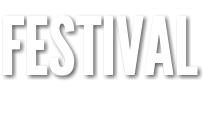
BY BOB RUGGIERO
Artist Troy Murrah finds inspiration
in both his family and traditional quilting
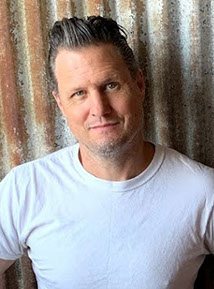
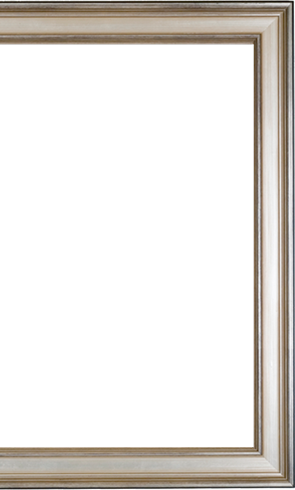

Troy Murrah
Though he’s never worked with a needle, thread, and fabric himself, Troy Murrah definitely grew up around plenty of quilting. As the son of teacher, artist, author, and designer Judy Murrah, the tools and materials of quilting were constant household companions for he and his siblings.
Judy was also the Vice President of Education for Quilts, Inc., overseeing all of the educational programming for International Quilt Market and International Quilt Festival. And when she passed in December 2017, Troy—an experienced metal/woodworker and visual artist—wanted to create a piece of work both in tribute to his mother and to feel closer to her.
Go West, Mary was Murrah’s first “built quilt”
and a tribute to his late mother, Judy Murrah.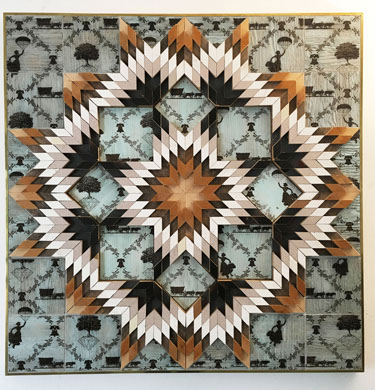
That piece, Go West, Mary was his unique take on a traditional Broken Star/Dutch Rose quilt block using wood, brass, and vintage kitchen counter tops and cabinetry. It was first showcased at 2018 at his solo art exhibit in Long Beach, California. And the ease of transition to incorporating quilting into his art was surprisingly smooth.
“Initially, it felt very instinctual. And it was a lot more fun than I’d imagined,” Murrah says today via a Zoom interview. “My mom was always trying to get me to do something related to quilts with my art. I just couldn’t picture it at the time.”
But after initially planning on doing just that single piece for his own therapy, Murrah found that it stoked his creative fires do to more and push the boundaries of this new art combination further. More pieces based on more patterns followed, and eventually turned into an art business called Built Quilt. And that itself expanded his designs to appear on art prints, enamel pins, a calendar, and even drink coasters.
Now, Murrah is introducing his first book, Wood Mosaic Projects: Classic Quilt Block Designs in Wood (Fox Chapel Publishing). It’s part art book and part how-to instruction manual. An exhibit of his works, Reclaimed, will be on display at the Long Beach Quilt Festival next August.
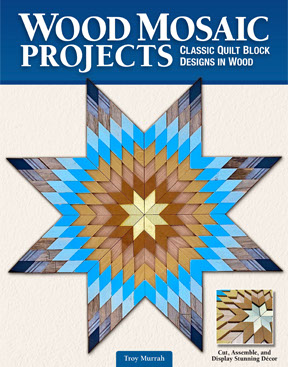 Murrah’s first book Wood Mosaic Projects
Murrah’s first book Wood Mosaic Projects
“I was just going to do that first piece as a memorial to my mother. But it felt so natural,” Murrah offers. “And I was able to use all the skills I’d learned through welding and metal work and carpentry along with my drawing and illustrations. It all just came together. You can say the stars aligned, and it was very exciting.”
As he pored through books of traditional quilt patterns, he found more and more ideas for works. It was also important to him to use almost all reclaimed or recycled materials not just on an artistic level, but personally as well.
“It makes me feel a little better that I’m not contributing to all the trash that stacks up. I already had all this material left over from other jobs. It was forcing me to make design decisions that I would not make if I had to go out and buy the material,” he offers. “I had to look at what I had or what I found on the street, and then base the piece on that. It kept me on my toes.”
He wasn’t even thinking about writing a book, but Fox Chapel approached him about it. Once again, he took inspiration from his mother in putting it together.
“I work a lot like my mom used to when she did her books. A lot of long nights, especially when you have kids. You try to find these pockets of productivity!” he laughs. “And with the pandemic, I couldn’t go anywhere anyway!”
Murrah realizes that a lot of people who purchase Wood Mosaic Projects might not know a jigsaw from a hacksaw from a chainsaw, with many not intending to construct a wood quilt. And that’s just fine with him, as he sees it could provide another purpose.
 (left) Grass Ain’t Always Greener by Troy Murrah // (right) Cheetah Express by Troy Murrah“I think a lot of buyers will just want to see what the process is and not [necessarily] build something. And I just hope it sparks a creative idea for someone, even if it’s not the same exact project,” he says.
(left) Grass Ain’t Always Greener by Troy Murrah // (right) Cheetah Express by Troy Murrah“I think a lot of buyers will just want to see what the process is and not [necessarily] build something. And I just hope it sparks a creative idea for someone, even if it’s not the same exact project,” he says.
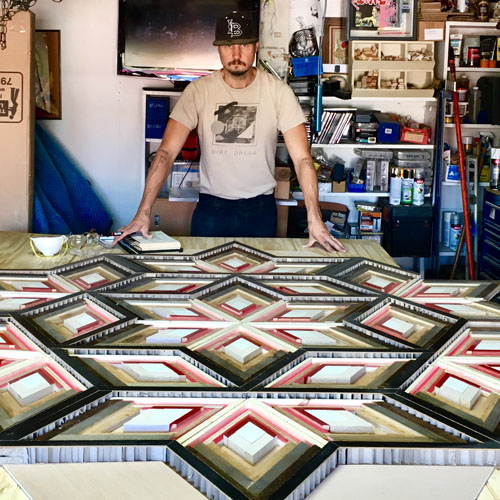 Murrah with one of his larger projects.
Murrah with one of his larger projects.
“I want people to have fun making things with their hands again. I love my technology, but there is something satisfying with handmade projects. And it’s great for mental health.”
He’s also aware that even in this age of omnipresent digital and computer-generated art, it seems that handmade and tactile crafts are enjoying something of a resurgence.
One only need to look at the endless Instagram and Etsy pages to see what people are making across a wide variety of media. And TV shows on the Create and DIY cable channels as well as Making It on NBC have found audiences of both new and experienced crafters and artists.
“I talk to teenagers and younger people in the creative world and they get more excited about seeing things that are hand drawn rather than computer graphic-produced,” Murrah says. “They’ve been raised on those kind of digital visuals, so something done with pen and ink or sculpted is different and more interesting for them. Will the handcrafted and DIY thing stick around? I think it will.”
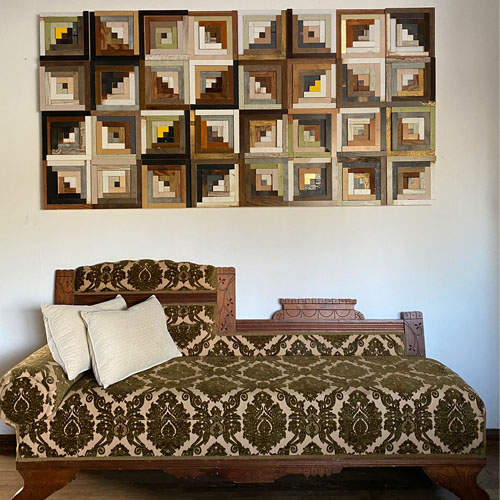 One of Murrah’s Log Cabin inspired artworks.
One of Murrah’s Log Cabin inspired artworks.
Finally, Murrah says he’s excited about putting together the Reclaimed exhibit, because he feels that only seeing “the real thing” in person can truly get across his vision and his work.
“Seeing them in person is a different experience than on the computer or in a book, and some of that has to do with size,” he sums up. “The biggest piece I have is five feet by eight feet. The large ones are almost easier to do than the small ones, because the cuts are so big! I can blast through those. It’s the little ones that give me a headache…or make me put on my glasses!”
For more information on Troy Murrah and his work, visit TroyMurrah.com or see his Instagram page at @troy.murrah


